Toy Stories
Posted on November 30, 2010 by bob in Features
By Tom Ensey
There was a time you didn’t need a $3,000 computer and a degree in engineering to play. Toys were made of wood, steel, rubber and that newfangled stuff, plastic. Occasionally, you even had to go outside, which is much like being inside a video game, only there are no zombies, wizards or pterodactyls that shoot lasers out of their eyes.
You had to use your imagination. A lot. Remember these?
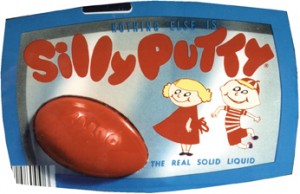 Silly Putty: A silicone polymer invented by accident when scientists were trying to improve on rubber. It appeared in the classic, egg-shaped plastic containers in Christmas stockings in the 1950s.
Silly Putty: A silicone polymer invented by accident when scientists were trying to improve on rubber. It appeared in the classic, egg-shaped plastic containers in Christmas stockings in the 1950s.
A “solid liquid” with a bizarre, slick texture, it could be molded into shapes and then melt back into a puddle.
You could mash it down on the Sunday funnies — in the days when people still bought newspapers — and it would pick up the images which you could then distort. Roll it into a ball and it would bounce.
It wasn’t long before mom discovered that it was useful around the house to pick up pet hair and broken glass — once. And if you ground it into your sweater, it was goodbye sweater.
Electric football game: The original electric football game, manufactured by Tudor, broke onto the scene in the 1940s. There were no dice, spinners or cards to determine the action, just sculpted little players that you could paint yourself, attach decal numbers to, and turn on the switch and … they vibrated all over the place like you’d kicked open an anthill. But it was the 40s. Electricity was novel and boys’ imaginations were better than they are now.
The game was beautiful, sitting under the Christmas tree, all the little men lined up, with a giant grandstand on either side and a scoreboard with dials and buttons. You could almost hear the roar of the crowd.
When you flipped on the switch, it sounded like a plane taking off. The ball was an oval piece of felt. The quarterback’s arm cocked back with a little cradle to hold the ball. You tripped the trigger and … plop. The ball fell at his feet.
Today, immaculately preserved games sell to collectors for hundreds, or thousands of dollars. They’re worth it as a piece of art and memorabilia. Amazing to look at.
Lionel Electric Trains: These have been around for more than 100 years. They started out as not so much a toy as a display for toy stores, according to the company website.
The models are richly detailed. The tracks and the trains themselves are engineered with precision from locomotive to caboose, down to the last rivet. They evoke the nostalgia of a bygone era.
Collectible trains cost as much as an SUV.
Let’s face it. These toys are way too cool for kids.
View Master and Reels: Back in 1939, a device that would enable youngsters to view seven 3-D images of the Eiffel Tower and stuff was moderately interesting. Nowadays, not so much. It has a certain, old-school charm. 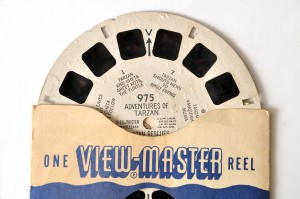
But if your 10-year-old is not bored by this thing within 10 minutes, have him tested.
Hula Hoop: The Zen simplicity is striking. A circle of light, colored plastic. You put it around your waist, your arm or your neck and make it go around and around. You are the master, centrifugal force is your servant.
It doesn’t come easy. It takes practice, several days, to stop looking like a dork. And you get bruises on your hips.
Wham-O put them on the market in 1957, and sold 100 million in the first few months. Yes, 100 million back in the day when 100 million was a lot.
My grandmother used to tell how she and her brothers and sisters improvised their own hula hoops. They lived on a farm, and barrels were a big part of the deal there. They dismantled the barrels and took the metal hoops that held them together and played with them in the same way that I and 99,999,999 other little Americans played with our hula hoops.
Even then, as a tiny child, I realized if my grandmother had a better sense of marketing, I might be hula hooping on the family estate in Hollywood.
Easy Bake Oven: A light bulb oven in which little girls could prepare tasty, sweet treats. The small packets of cake mix and tiny bowls and cake pans came with it. My baby sister got one of the first ones off the assembly line in the early 1960s.
The drawback was the cooking chamber got about as hot as the surface of the sun, and if you didn’t cook the tiny cakes long enough, they simulated the consistency and temperature of lava.
My baby sister’s tinkling laughter filled our home that Christmas morning as I popped her cake in my mouth and screamed as smoke came out my nose. The company improved the design and sold a few million.
Lincoln Logs®: Brown cylinders of wood with notches at the ends enabled you to build a serviceable replica of a log cabin, the likes of which was the first home of our nation’s 16th president.
Best thing about this toy — when you got tired of building little houses and forts and stuff, you and your buddies could take them outside, construct a village and …
Oh, no! Godzilla attacks! Drench it with charcoal lighter fluid and set it on fire with the Zippo you swiped from dad’s coat pocket and it was neat until Mrs. Jackson next door called the cops.
Roller skates: Metal shoes with wheels. Stand up. Fall down. Repeat until you can skate or have to go to the hospital.
Barbie® and Ken®: Barbie, the doll that launched a million cases of anorexia nervosa, began creating an unrealistic body image in the minds of American girls in 1959. According to a study, a standard Barbie doll is 11.5 inches tall, which would make her 5-foot-9 inches at 1/6 scale. She’d have measurements of 36 (chest)-18 (waist)-33 (hips). The only other comparable American icon, Marilyn Monroe, was downright pudgy by comparison, standing 5-foot-5 with measurements of 35-22-35. Andy Warhol painted portraits of both.
Boyfriend Ken showed up in 1961. He, too, is iconic but far from spectacular, an example of homogenous, bland good looks and plastic hair.
The couple has its own mythos and a universe of friends, houses, cars, electronics, videos, furniture and clothes, clothes, clothes, clothes and clothes.
The motto on the official website says it all: “It’s Barbie’s world. We just play in it.” Applied to any other creation of humanity, those words would be hubris most foul. Talking about Barbie, it’s nothing but the truth.
Jacks and Ball: About as simple as it gets, in terms of the toy itself. A red rubber ball and at least 10 jacks. You bounce the ball, pick up one jack. That’s onesies. You bounce the ball, pick up two jacks, twosies. You continue all the way up to tensies. Completing a run from onesies to tensies requires the hand-and-eye coordination of a major league shortstop. It was a good idea to keep the jacks away from small children and pets. Swallowing one ensured a high-speed trip to the emergency room.
Operation: Milton Bradley brought us this battery powered electric game in the mid 1960s. The board featured a portly patient with a bad haircut and a red light bulb clown nose.
“Cavity Sam” was his name, and the surface of the board was dotted with openings that contained Sam’s “broken heart,” “knee bone connected to the ankle bone,””Butterflies in the stomach” and about 10 other afflictions.
You tested the steadiness of your hand attempting to remove the various ailments with a pair of tweezers connected to the board by a live wire. If you touched the metal edged side of the opening with the tweezers, you completed the circuit and Sam’s nose lighted up and a loud buzzer sounded indicating you had killed your patient.
Years passed, we took the game to college, and played it while enjoying cocktails, adding a whole new dimension.
Marbles: The most ancient of toys, marbles compare favorably to a rock, the other playtime option of the cave child. They’re glass balls. That’s it. They roll and you can throw them at people, and if you swallowed one, your mom took you to the doctor and he gave you this stuff, and well, that’s all I care to say about marbles.
Chemistry Set: Chemistry sets never really lived up to their billing. On TV, in movies and cartoons, people were always whipping up solutions with their chemistry sets that gave Model Ts the power of flight, made baseballs repel wood so they could not be hit with a bat, or better yet, created mutant insects that destroyed civilization.
The best havoc an eight-year-old boy could wreak with an off-the-shelf chemistry set back when the Beatles topped the charts was to make a corked test tube full of rotten egg gas. It involved sulfur and some other stuff and you could clear a math class with it if you unleashed it in front of the fan.
Of course, I wouldn’t know about that.
Tom Ensey, a former newspaper sports writer and the current web news producer at WSFA-TV, is a frequent Prime Montgomery contributor.










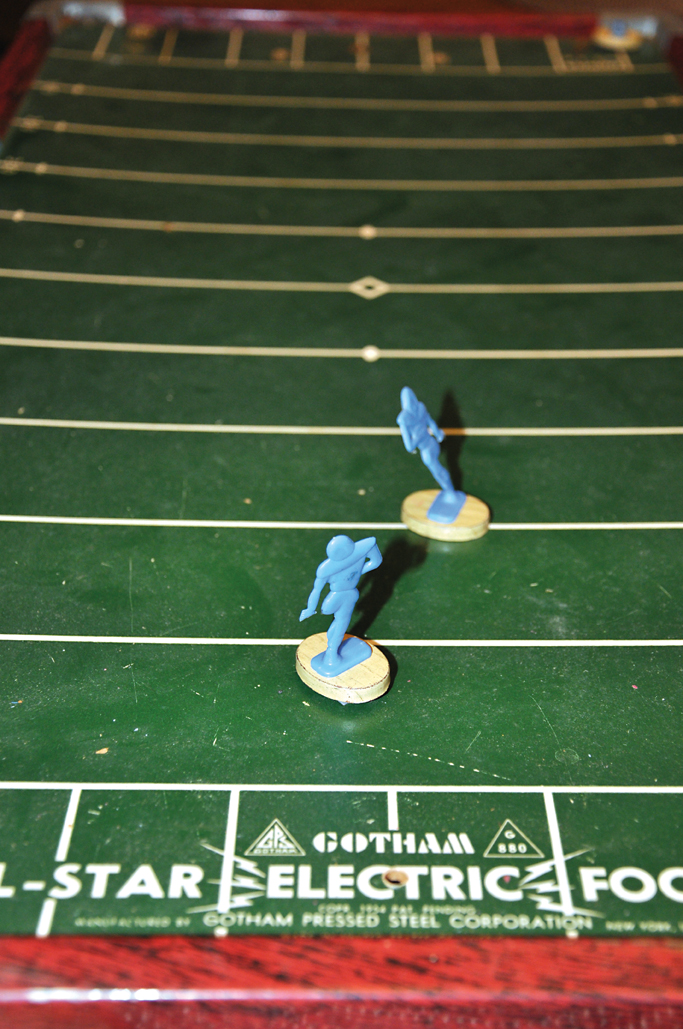
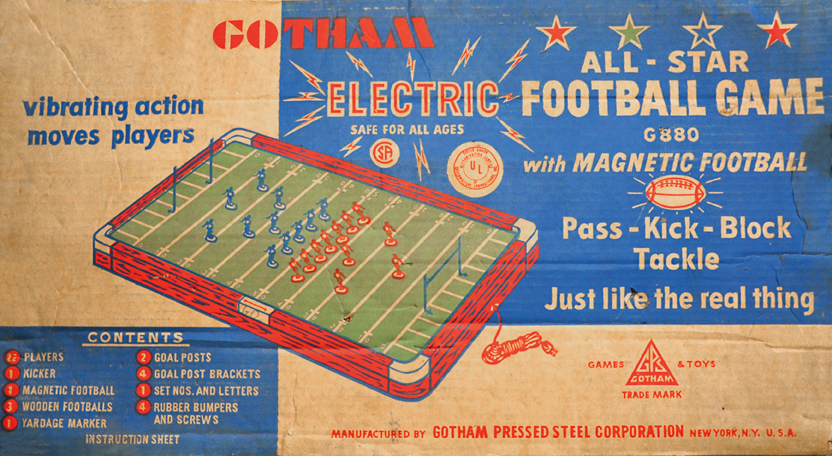
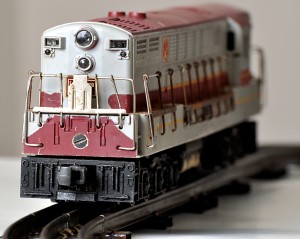
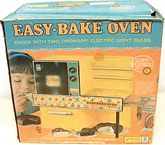
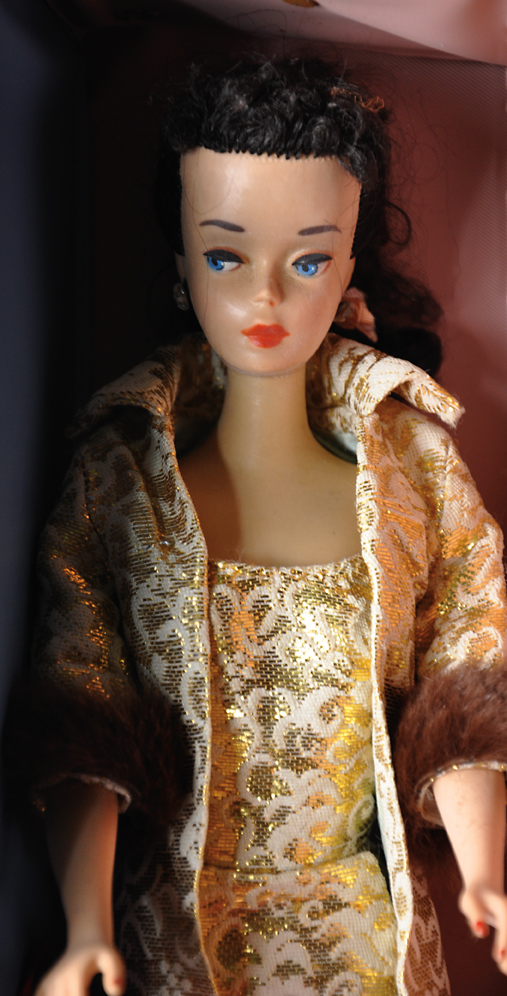
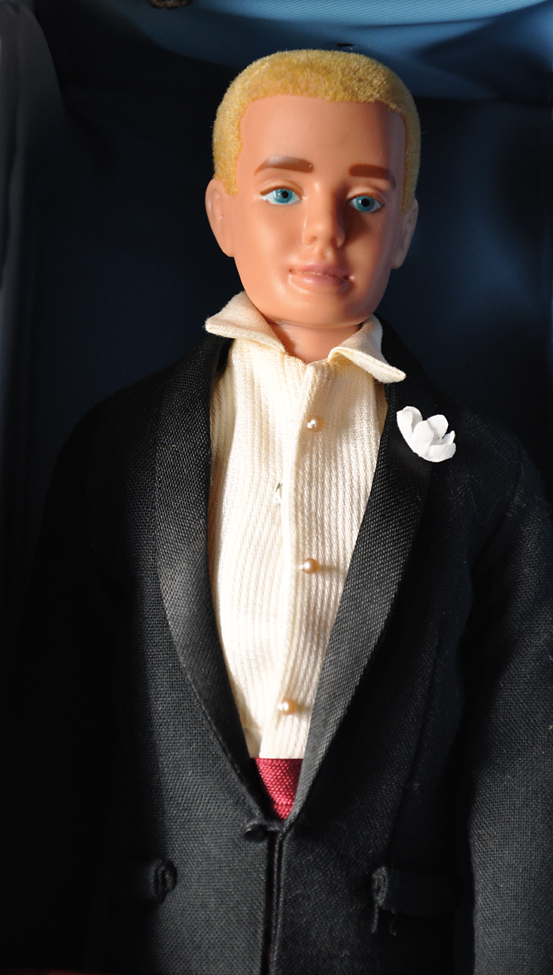
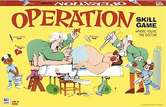
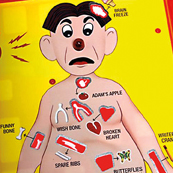
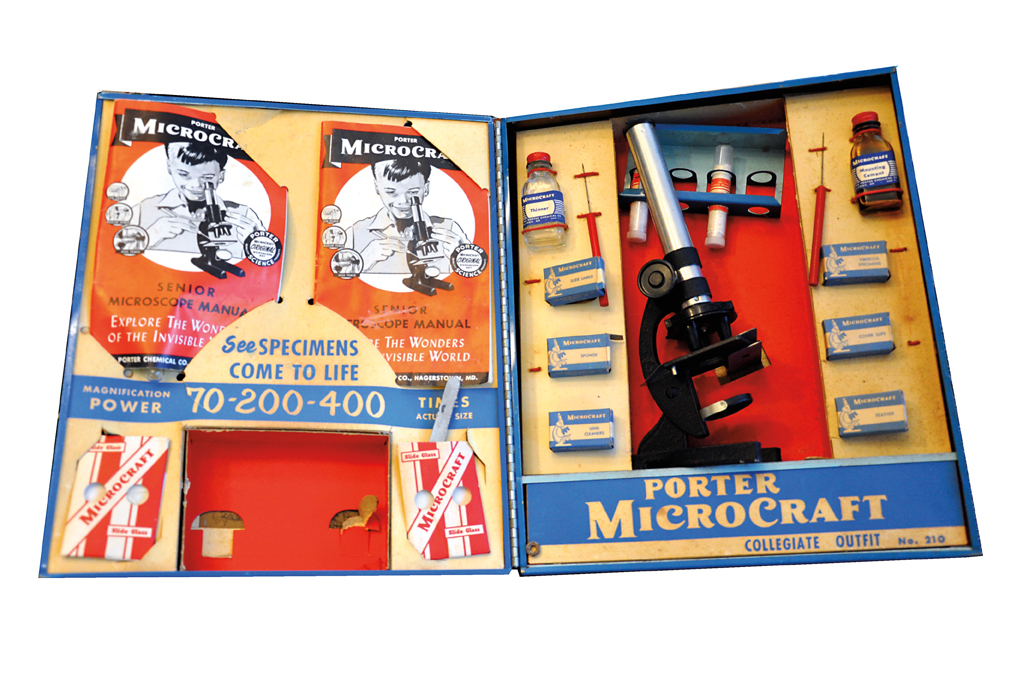
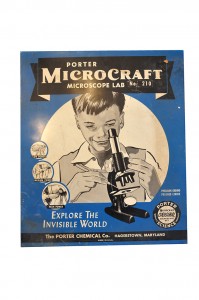
3 Responses to “Toy Stories”